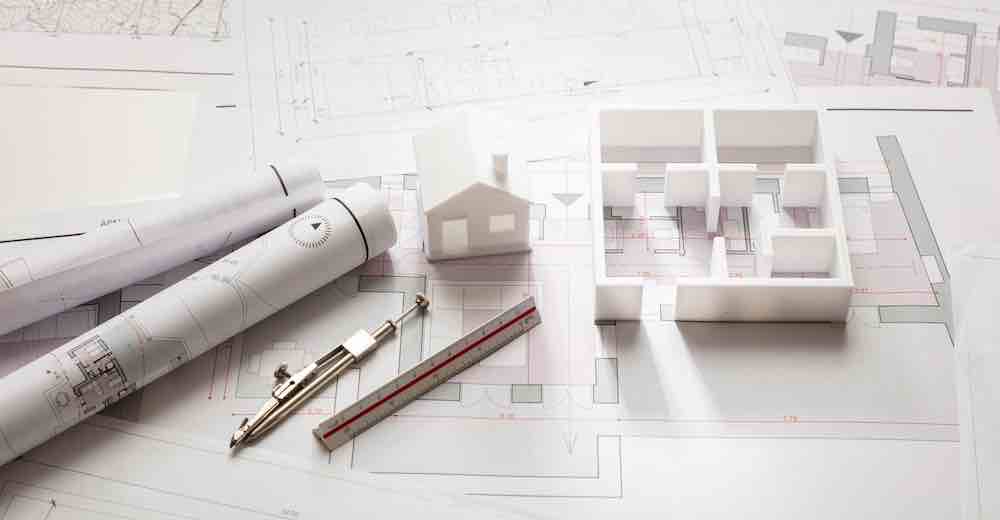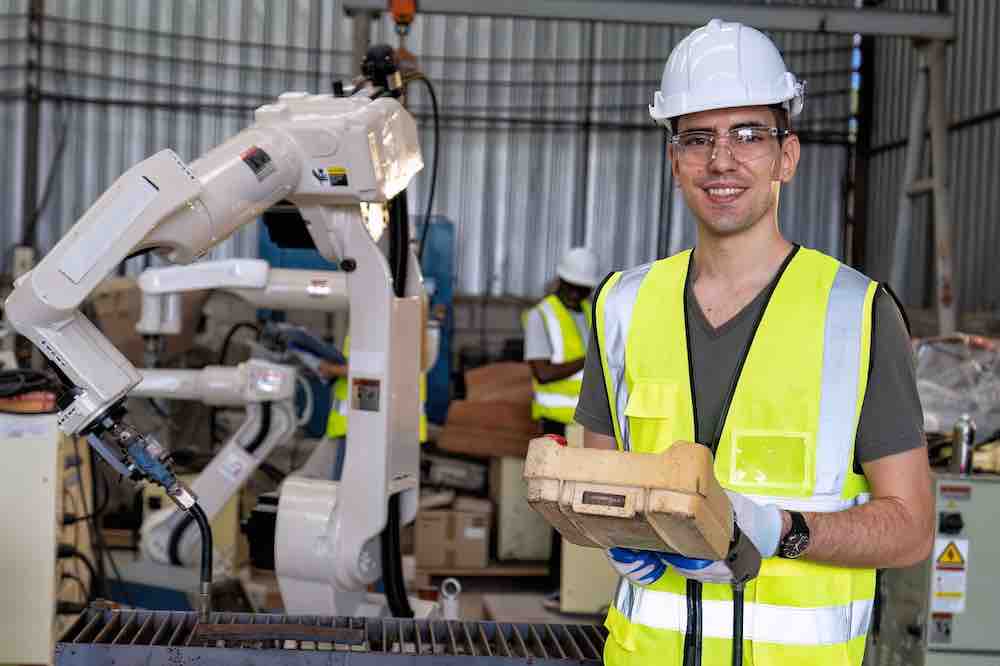It seems like everywhere you go, technology is changing our world.
From self-check-outs at the grocery store to virtual reality and robotics in medicine, people are using technology to increase efficiency, reduce costs, and save time.
The construction industry has always been heavily reliant on manual labor. But technology is also changing the way things are done in construction!
Technology can improve the speed, accuracy, and overall quality of construction projects — and be a powerful tool to help your business.
EPAC is focused on staying at the forefront of this technological evolution — and helping contractors understand, navigate, and benefit from these changes!
But how is technology impacting the construction industry?
How is EPAC using technology in construction to increase efficiency?
As construction technology advances, contractors are finding new ways to increase efficiency, save time, and reduce costs.
How? Some of the major ways are through helpful computer software, the use of drones, virtual reality (VR), and robotics.
BIM and 3D Printing
One tool to increase productivity is construction management software. Building information modeling (BIM) allows contractors to create a digital representation of a building or structure so architects, engineers, and construction professionals can collaborate and communicate more effectively. This technology in construction allows for more accurate design, planning, and scheduling — which leads to fewer errors and delays during the construction process.
BIM can help your company:
- track expenses,
- schedule tasks,
- manage resources in real-time,
- improve coordination with collaborators,
- reduce material waste, and
- identify potential errors and issues by improving project planning.
Harnessing the power of this technology can improve project coordination, reduce costs, and lead to a more successful project overall.

And many of these BIM software programs include features like 3D modeling — allowing contractors to create detailed, scale prototypes of buildings and infrastructure — and the ability to identify potential issues before construction begins!
This technology in construction allows businesses to print construction materials and components on-demand, saving time and money!
Drones
Contractors can use drones to perform a variety of tasks, including surveying and mapping, inspection, and progress monitoring. Drones can cover large areas quickly and provide detailed information that would otherwise be difficult (or impossible!) to obtain.
“We mainly use drones for progress updates – from starting point to ground work, panels, to finished. Time-lapse video is big for people to see; we get to show what it looks like when we go from dirt to finish, bare ground to a completed project.” — Joel, VEMAC
Commercial construction companies can take advantage this technology in a variety of ways, including:
Site surveying and mapping
Drones can capture aerial images and video footage to create detailed maps and 3D models of construction sites.
Safety inspections
Drones can be used to inspect hard-to-reach areas of construction sites (like roofs and high ceilings) — without putting workers at risk.
Progress tracking
Drones can be used to capture images and footage of construction sites over time, providing valuable data on project progress and helping to identify potential delays.
Marketing and promotion
Contractors can use aerial footage captured by drones to create compelling marketing and promotional materials for their companies.
Material delivery
In some cases, drones can transport small tools and materials between different areas of a construction site, reducing the need for workers to manually transport these items.
Environmental monitoring
Drones can be used to monitor the environmental impact of construction projects, including noise, air quality, and traffic.
Risk assessment
Drones can assess potential risks on construction sites, such as unstable soil or hazardous materials, before any workers are put in harm’s way.
Quality control
Drones can be used to perform quality control inspections, ensuring that construction projects meet industry standards and client expectations.
By taking advantage of this technology in construction, construction companies can improve project efficiency, safety, and quality — while also reducing costs and improving marketing efforts.
Drones are increasingly becoming a valuable tool for businesses in the construction industry. As Joel from VEMAC observes:
“From a leadership standpoint, supervisors getting updates and taking pictures via drones allows us to have our management team make decisions and get updates without having to be on a physical site – especially if it’s remote.”
Virtual Reality and Augmented Reality
Contractors can use VR to create immersive 3D models of buildings and structures. This allows architects, engineers, and other construction professionals to plan projects in a more accurate and efficient way. Augmented reality (AR) can help you visualize building plans and designs, improve collaboration, and reduce errors.
AR and VR can also be used to provide remote training and assistance to workers on the job site, which can save time and reduce costs.
Internet of Things (IoT)
This might sound like something your teenager might say — but no, we didn’t make this up!
IoT is the use of connected devices, sensors, and data analysis tools to make construction projects more efficient, sustainable, and safe.
Contractors can integrate IoT devices into their equipment, materials, and tools to gather data and provide insights that optimize construction processes. IoT sensors can be placed on equipment to track usage, monitor maintenance needs, and prevent breakdowns.
Wearable IoT devices can track the location of workers to make sure they’re safe while working in hazardous areas. These devices can also help contractors monitor environmental conditions (like temperature, humidity, and air quality) to ensure conditions are safe and in compliance with regulations.
IoT-enabled devices can monitor and track the performance of buildings and infrastructure in real-time to identify potential issues and improve maintenance. This can reduce downtime and potential repair costs.
Robotics and Automation
Robotics and automated equipment are tools that contractors can use to become more efficient, economical, and safe.

Robotics are being used in construction to automate repetitive tasks which can be dangerous and time-consuming for people. Bulldozers that are equipped with GPS technology can improve the accuracy of excavation and grading tasks. This technology can improve the speed of these tasks (and free up employees to work on other tasks), which can save time and reduce costs.
Same industry, new tools
The changes occurring in our industry because of the advancements of technology in construction can be overwhelming. EPAC is committed to helping businesses harness the power of this technology to benefit and improve their companies.
We help evaluate costs and benefits of new technology to ensure that your business is investing in the right tools to accomplish your goals.
Using these new tools can help contractors better plan, schedule, and monitor projects, as well as experience fewer delays and errors.
Technology in construction is transforming the industry and helping to increase efficiency, improve the accuracy of designs, and reduce costs for contractors.
By being aware of this technology and learning how to use it, your business can streamline your operations, improve the quality of your product, and provide a safer environment for your employees.
EPAC is your advocate at the forefront of this technology revolution.
Are you wondering how your business can harness the power of technology to improve? Are you looking for connections and training to stay on the cutting edge? Contact us today to find out how EPAC can help you understand and use technology in construction to benefit your
